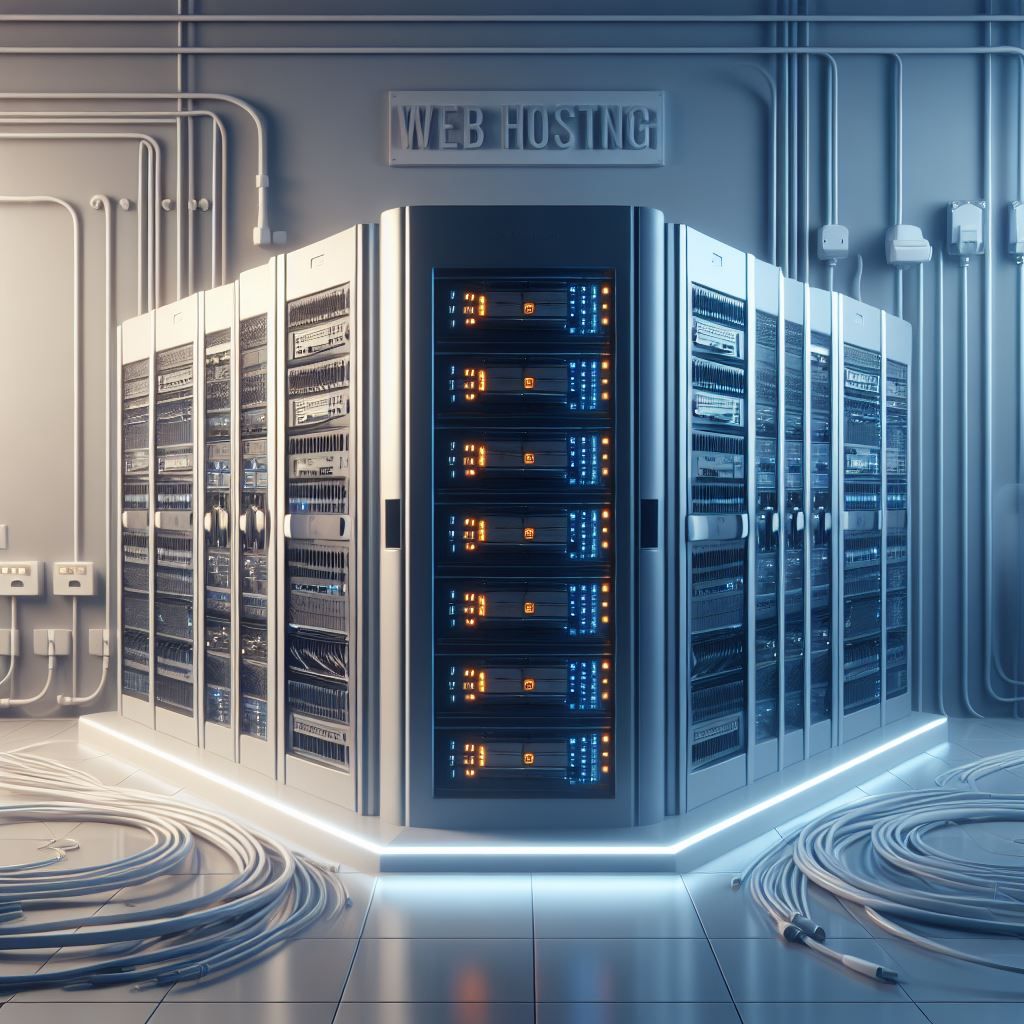Understanding the Benefits of Bare Metal vs Virtual Machine Containers for Dedicated Servers

Bare metal, virtual machines (VMs), and containers are three different ways to deploy and manage applications on servers. Each has its own advantages and use cases. Let's compare bare metal and virtual machine containers in the context of dedicated servers:
Bare Metal:
- Performance: Bare metal provides the highest level of performance because it allows direct access to physical resources. There is no virtualization layer overhead.
- Isolation: Since the entire server is dedicated to a single user or application, there is no risk of interference from other users or applications on the same physical machine.
- Resource Allocation: Resources like CPU, RAM, and storage are exclusively allocated to the application, ensuring consistent performance.
- Hardware Utilization: With bare metal, you have full control over the hardware, allowing you to utilize it to its fullest potential.
- Specialized Workloads: Applications that require direct access to specific hardware or custom configurations may benefit from a bare metal environment.
Virtual Machines:
- Resource Utilization: VMs allow for better resource utilization compared to running multiple applications directly on bare metal. Multiple VMs can share the same physical server.
- Isolation: VMs provide a level of isolation, ensuring that one VM cannot directly impact the operation of another VM on the same host.
- Flexibility: VMs are highly portable and can be easily moved between different hypervisors or cloud environments.
- Snapshots and Cloning: VMs allow for the creation of snapshots and cloning, making it easier to duplicate or restore environments.
- Operating System Flexibility: VMs allow you to run different operating systems on the same physical hardware.
Containers:
- Resource Efficiency: Containers are lightweight and share the host system's kernel, making them more resource-efficient compared to VMs.
- Fast Deployment: Containers can be started or stopped very quickly, which is beneficial for microservices and dynamic workloads.
- Portability: Containers encapsulate an application and its dependencies, ensuring consistent behavior regardless of the environment.
- Resource Isolation: While not as strong as VMs, containers do provide a level of resource isolation, preventing one container from consuming all available resources.
- Orchestration and Scalability: Container orchestration tools like Kubernetes make it easy to manage and scale applications across a cluster of servers.
Choosing Between Them:
- Bare Metal: Ideal for performance-intensive workloads, applications that require specific hardware configurations, or environments where strict isolation is crucial.
- Virtual Machines: Suitable for environments where multiple operating systems or applications need to run on a single physical server, and where some level of isolation is required.
- Containers: Best for microservices architectures, dynamic workloads, and environments that need to scale rapidly. They're also great for developers who want to ensure consistency across different stages of development and deployment.
In practice, many modern applications leverage a combination of these technologies. For instance, you might have a bare metal server running VMs, with containers deployed within those VMs to maximize resource utilization and flexibility.



